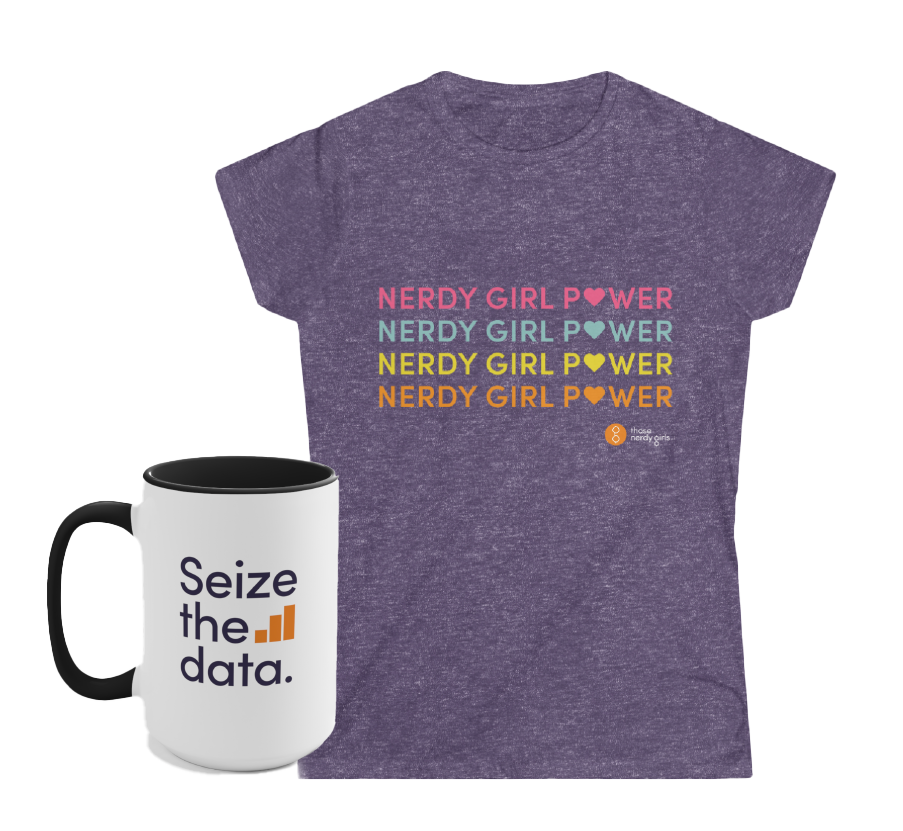Not exactly, no. The A+ efficacy results of the COVID-19 vaccines in clinical trials mean that as a group, vaccinated people have *a lot* of protection from getting COVID-19.
But we can’t say that any one person has a level of protection that is equal to the efficacy numbers. There are a thousand things that might affect whether YOU are the unlucky person who gets COVID-19 after you’re fully vaccinated. Things like whether your immune system is healthy, how big the “dose” was when you were exposed–or just bad luck. Those personal factors weren’t even measured in the trials.
Efficacy is a word for how well a drug performed in a clinical trial setting. Specifically, it’s a measure of the *difference* in what happened between the two groups in the trial: on the one hand, 👉🏾 the group that received the actual drug, and on the other hand 👉🏾 the group that received a placebo (an injection with no active ingredients).
Let’s use the Moderna phase 3 clinical trial results as an example. In this trial, over 30,000 volunteers were assigned to get either 💉💉 2 doses of real Moderna vaccine (the treatment) or 💉💉 2 doses of an injection with no active ingredients (the placebo). Doses were 28 days apart. Whether each volunteer got the placebo or the treatment was assigned at random, and neither the volunteers nor the people giving the vaccines knew which group anyone was in.
Then, the participants were told to go about their usual business, taking all the same COVID-19 prevention measures they would have anyway. 😷 Participants in both groups were asked about COVID-19 symptoms often. If they weren’t feeling well, they were tested to see if they had COVID-19. And, if they were symptomatic, the study team asked about their symptoms every day for at least 14 days. Volunteers were asked about symptoms starting the first day they were enrolled in the study and will continue to be monitored for months to come. On average, when these estimates were done, it had been 2 months since the volunteers’ second vaccine dose.
Enter efficacy. 🧮 Altogether, 196 new COVID-19 cases occurred in volunteers in the study.
There were 11 cases of COVID-19 among the people who got the real vaccine, and 185 cases in the group that got the placebo. 11 is 94.1% less than 185. [Nerd bonus: (185-11)/185 = 0.941] So, the efficacy in this trial was 94.1% for preventing symptomatic, new cases of COVID-19.
Efficacy, as you can see, is a comparison. It compares what happened in the whole placebo group to what happened in the whole treatment group within a single trial. ⚖️ It is really only meaningful in the context of the study itself.
A vaccine with an efficacy of 94.1% doesn’t mean that each time you’re exposed to COVID-19 following your vaccination, you have a precise 5.9% chance of catching COVID-19, like rolling a 100-sided die and hoping you don’t roll anything bigger than a 94. 🎲🎲
We can’t interpret efficacy for YOU because it doesn’t tell us about one person’s risk at all. It only estimates the average risk reduction between the two groups.
There are all kinds of factors that were never measured in the trials that might affect whether YOU are among the unlucky few who gets COVID-19 after you’ve been vaccinated. It’s also worth noting that in the trial, those who did get symptomatic COVID-19 after they were vaccinated had better outcomes than those in the placebo group. Immunity is not an on/off switch. 🔲🔳
Who knew efficacy would become a hot dinner table conversation topic?
Previous post about efficacy vs. real-world effectiveness
And here’s a nice piece on how to think about population vs. individual risk from SciMoms that predates the pandemic era.
h/t to SciMoms Unambiguous Science and Dr. Robin Schoenthaler for the helpful background discussion that led to this post.
Find Dr. Schoenthaler’s terrific blog and discussion of the same topic, here.


